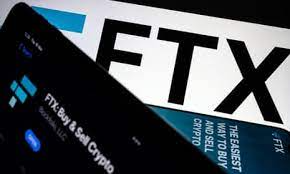
Blockchain review protocol Chainalysis has outlined the influence of the Mt. Gox crash to estimate how FTX insolvency is likely to affect the digital space.
To sum it up, FTX is underlined as a tinier portion of the digital currency space when likened to the position of Mt. Gox when it was operational.
In a series of Wednesday Twitter posts based on Chainalysis assessments, the blockchain review firm’s chair Eric Jardine initiated a contrast by initially reviewing the digital shares of both exchanges. Mt. Gox displayed a 46% aggregate of all trading influxes in the year that followed its crash in 2014. Meanwhile, FTX aggregated 13% which functioned between the periods of 2019 and 2022.
According to Jardine, at the time of the Mt. Gox crisis in 2014, centralized trading protocols were the sole service parties. However, the close of 2022 has recorded almost 50% of trading influxes by decentralized protocols like Uniswap and Curve.
Jardine noted that FTX had a slow incoming profit from its digital shares while Mt. Gox saw a continuous plunge.
Also, the review firm’s chair assessed the survival of the industry after the 2014 crash of Mt. Gox, revealing that although there was a momentary slack in blockchain trade volume, activities soon bounced back.
Mt. Gox had shut down its official site and declared insolvency after it lost over 850,000 BTC holdings to an attack. Users whose holdings were kept with the exchange have not received reimbursement. Nonetheless, Mt. Gox Trustee published, on October 6, that shareholders may need to decide on a refund strategy before January 10, 2023, as the protocol intends to refund the 150,000 Bitcoin that it allegedly still holds.
Jardine considers that other factors held constant, the contrast ought to awaken positivity in the crypto community.